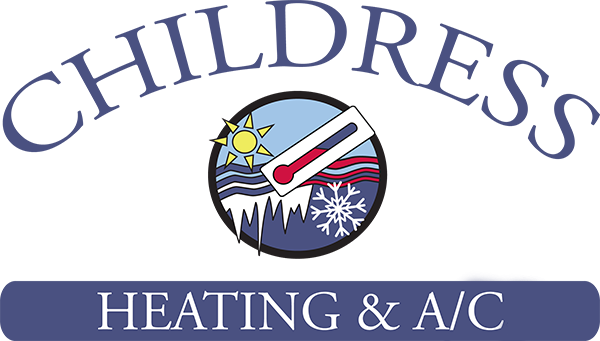
A furnace is often a background player in your home, keeping you warm in the cold winter months. It regularly won't be noticed until something goes wrong.
One root cause could be that your furnace has a cracked heat exchanger. It’s a potentially dangerous issue, so it’s important to learn the signs of a cracked heat exchanger and what you should do if you are worried that might be the problem.
What Is a Heat Exchanger in a Furnace?
A heat exchanger helps move heat from the combustion chamber inside your furnace to the air that flows through the air ducts. It typically handles this via coils or tubes that heat up the air while serving as a barrier to keep byproducts created in the combustion chamber, called flue gasses, from escaping out into your home.
Is a Cracked Heat Exchanger Dangerous?
Given its important role, it shouldn't come as a surprise that a damaged heat exchanger can be very dangerous. A crack in the heat exchanger can enable dangerous gasses – including carbon monoxide, which can be lethal – to flow throughout your home.
For obvious reasons, do NOT turn on your heater if you think you're dealing with a cracked heat exchanger, as letting it run could make the entire family sick. Contact an HVAC professional immediately if you think your heater has a cracked heat exchanger that needs repair.
Four Warning Signs of a Cracked Heat Exchanger:
- Furnace switches off: A crack in your heat exchanger could cause your furnace to turn off.
- Strange Smells: If the air escaping your furnace has a strong chemical scent, it may be an indicator that gasses are seeping through cracks in your heat exchanger. These byproducts, which will often smell like formaldehyde, are a common warning sign.
- Carbon monoxide alarm is triggered or you feel health problems: If a cracked heat exchanger is releasing carbon monoxide inside your home, your carbon monoxide alarm could go off or family members could struggle with signs of carbon monoxide poisoning. Symptoms include headaches, dizziness, weakness, nausea, vomiting or feeling drowsy. If the alarm goes off or you feel unusually tired, exit the home as soon as you can and then call for help.
- Soot: If you notice black sooty collecting near the exterior of your furnace, it’s more evidence something could be seriously wrong.
What to Do if the Furnace Heat Exchanger is Cracked
If you believe your furnace has a cracked heat exchanger, hire a pro well versed in furnace installation Fredericksburg right away so they can inspect your system and, if necessary, handle a furnace heat exchanger replacement. Costs will fluctuate depending on the situation, but estimates can roughly suggest $1,000 to $3,000.
Estimates aside, the good news is that heat exchangers are generally protected by the warranty. You should check the warranty paperwork on your furnace, because while the warranty may not cover the entire cost of repairs, it could significantly shrink your bill.
How to Prevent a Cracked Heat Exchanger in Your Home
One of the best ways to minimize the risk of problems in your furnace overall is with consistent furnace maintenance. Furnaces work the best when they work efficiently. Hiring a trained professional to examine your furnace for worn-out parts, dirty filters and other likely problems can help you avoid getting a big bill later on.
It’s also beneficial to take a look at your furnace filters every few months – it’s recommended some filters be replaced every 90 days or sooner if they are dirty or grimy. While the filters aren't a part of the heat exchanger itself, the strain of drawing air through a clogged filter makes your entire furnace work more vigorously to accomplish its job. And the harder your furnace works, the more wear and tear pieces like the heat exchanger will experience.
